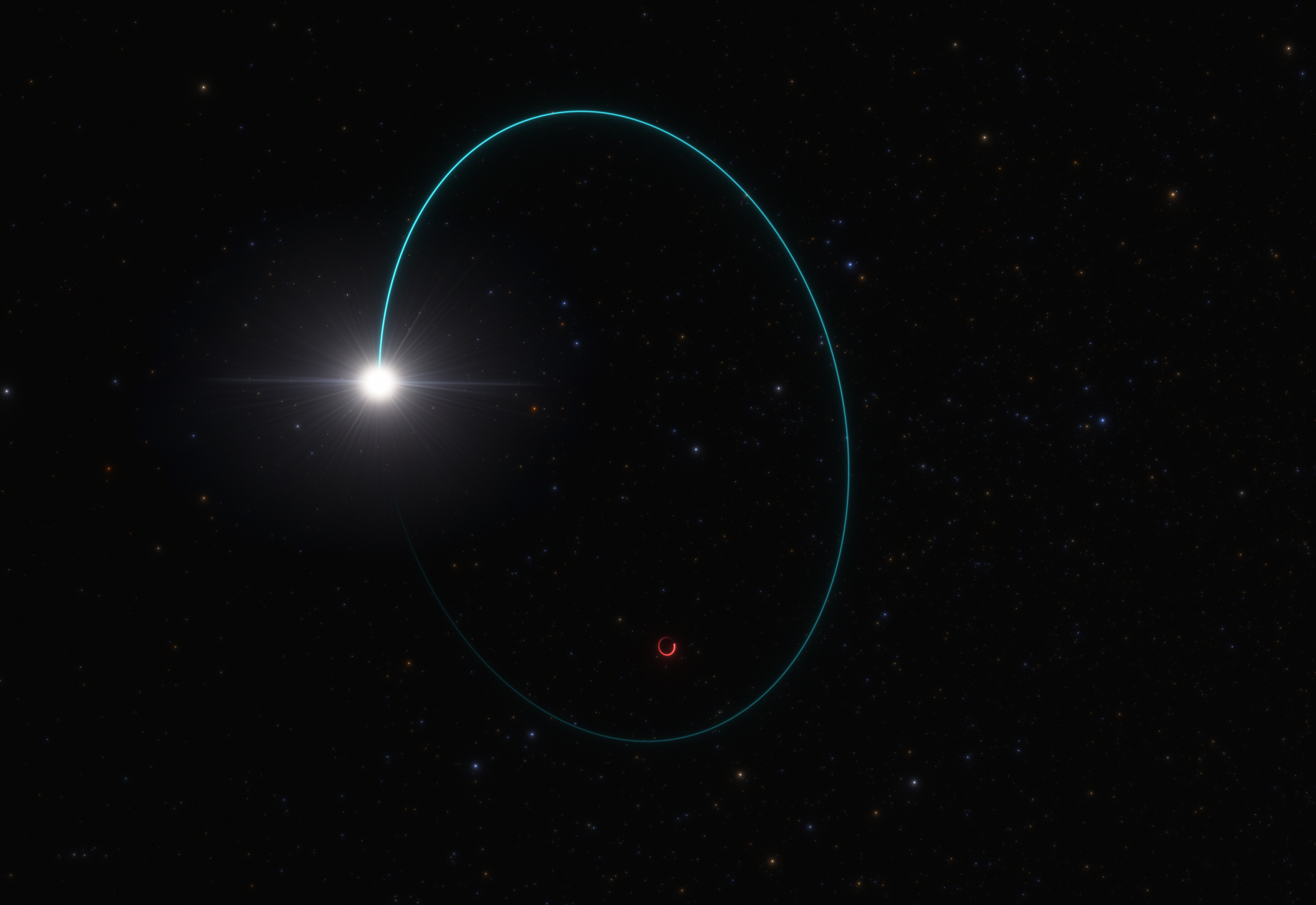
Black holes are the last remnants of dying stars — the ever-devouring ghosts of celestial bodies. According to NASA, they are formed when a star that passes the Chandrashekar limit (its maximum mass) collapses, and in doing so, drags in everything around it. At the edge of a black hole — known as the “event horizon” — there’s a hard boundary.
Anything that falls in cannot escape, including light. This is where the idea of a “black” hole comes from.
There are a few ways to look for black holes. The boundaries of a black hole, directly outside of the event horizon, are often full of matter that is pulled in at increasingly fast speeds. The tremendous forces of gravity, as well as the warping of space near a black hole, superheat the matter as it falls in, creating, in some cases, black holes that emit a halo of light, but more often an infrared calling card.
That’s all well and good if there’s matter nearby. But if a black hole isn’t actively eating any matter — a dormant black hole — it becomes exponentially harder to identify it. How do you look for something that doesn’t emit any energy?
Gaia BH3 is a black hole that was discovered two weeks ago, on April 16th, completely indirectly — by noticing a small gravitational wobble in the constellation Aquila.
There are a few more intricacies to these things, obviously.
Supermassive black holes, like the one that lies in the center of the Milky Way itself, Sagittarius A*, are not well understood. It’s hard to understand them, considering how few of them exist, but there is some evidence that indicates that black holes like Sagittarius A* are formed by the collapsing of gaseous clouds, which would explain their origin at the center of galaxies. Massive clouds of gas were the nurseries that many early protostars came from, and thus they would be the most likely to spawn the largest black holes discoverable.
Regular massive black holes are formed by the collapse of major stars. The second-largest known massive black hole is Cygnus X-1, which is approximately 21 times the mass of the sun and was found about 7,000 light years away.
Comparatively, Gaia BH3 is about 33 solar masses, and it’s only about 2,000 light years away. This makes it one of the closest black holes to our solar system, the closest being Gaia BH1 at only about 1,500 light years.






Leave a Reply